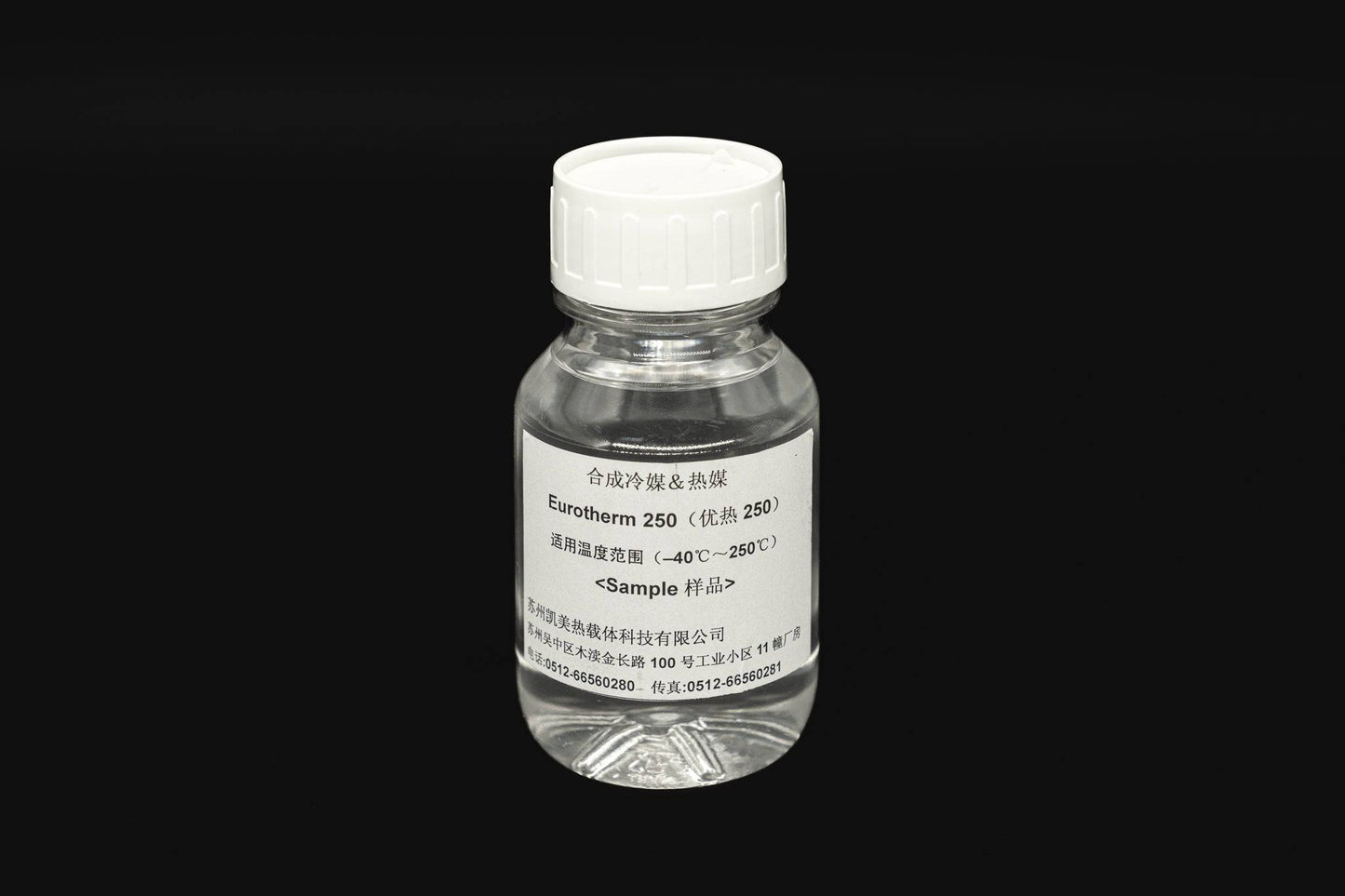The smart Trick of Chemie That Nobody is Talking About
Little Known Facts About Chemie.
Table of ContentsThe Ultimate Guide To ChemieAll about ChemieAn Unbiased View of ChemieIndicators on Chemie You Need To Know10 Easy Facts About Chemie ExplainedSome Known Factual Statements About Chemie
By Bojanna Shantheyanda, Sreya Dutta, Kevin Coscia and David SchiemerDynalene, Inc. Fluid air conditioning, which can be accomplished making use of indirect or direct ways, is utilized in electronics applications having thermal power densities that may exceed secure dissipation through air cooling. Indirect liquid cooling is where heat dissipating digital components are literally separated from the fluid coolant, whereas in case of direct air conditioning, the components are in straight call with the coolant.However, in indirect air conditioning applications the electrical conductivity can be vital if there are leaks and/or splilling of the fluids onto the electronic devices. In the indirect air conditioning applications where water based fluids with rust preventions are normally utilized, the electrical conductivity of the liquid coolant mostly relies on the ion focus in the liquid stream.
The rise in the ion focus in a shut loop liquid stream may happen because of ion leaching from steels and nonmetal elements that the coolant liquid is in contact with. During procedure, the electric conductivity of the fluid might raise to a level which could be hazardous for the cooling system.
The 10-Minute Rule for Chemie
(https://betteanderson.wixsite.com/my-site-1/post/revolutionizing-cooling-and-heating-solutions-with-chemie-s-dielectric-coolant)They are bead like polymers that are capable of exchanging ions with ions in an option that it touches with. In today work, ion leaching examinations were done with different steels and polymers in both ultrapure deionized (DI) water, i.e. water which is treated to the highest possible degrees of pureness, and reduced electric conductive ethylene glycol/water blend, with the determined adjustment in conductivity reported gradually.
The examples were allowed to equilibrate at area temperature level for 2 days before taping the preliminary electrical conductivity. In all tests reported in this research study liquid electrical conductivity was measured to a precision of 1% utilizing an Oakton disadvantage 510/CON 6 collection meter which was adjusted prior to each measurement.
Some Known Questions About Chemie.
from the wall home heating coils to the center of the heating system. The PTFE sample containers were positioned in the furnace when steady state temperatures were gotten to. The examination configuration was gotten rid of from the heating system every 168 hours (seven days), cooled down to room temperature with the electric conductivity of the fluid measured.
The electrical conductivity of the fluid example was monitored for a total amount of 5000 hours (208 days). Number 2. Schematic of the indirect closed loophole cooling experiment set-up - heat transfer fluid. Table 1. Parts utilized in the indirect shut loophole cooling experiment that touch with the fluid coolant. A schematic of the speculative arrangement is shown in Number 2.

The 15-Second Trick For Chemie
The change in liquid electrical conductivity was kept track of for 136 hours. The fluid from the system was gathered and stored.

0.1 g of Dowex resin was included in 100g of fluid samples that was absorbed a separate container. The blend was stirred and alter in the electric conductivity at space temperature level was determined every hour. The gauged change in the electric conductivity of the UP-H2O and EG-LC examination fluids consisting of polymer or metal when engaged for 5,000 hours at 80C is revealed Number 3.
The 5-Second Trick For Chemie
Ion seeping experiment: Measured adjustment in electric conductivity of water and EG-LC coolants containing either polymer or metal examples when submersed for 5,000 hours at 80C. The results suggest that metals contributed less ions right into the liquids than plastics in both UP-H2O and EG-LC based coolants.
Liquids having polypropylene and HDPE displayed the cheapest electrical conductivity adjustments. This could be as a result of the short, rigid, straight chains which are less most likely to contribute ions than longer branched chains with weaker intermolecular pressures. Silicone likewise carried out well in both examination liquids, as polysiloxanes are generally chemically inert as a result of the high bond energy of the silicon-oxygen bond which would protect against deterioration of the material right into the fluid.
Excitement About Chemie
It would discover this certainly be expected that PVC would certainly produce similar outcomes to those of PTFE and HDPE based on the comparable chemical frameworks of the materials, nevertheless there may be other pollutants existing in the PVC, such as plasticizers, that might affect the electrical conductivity of the liquid - high temperature thermal fluid. Additionally, chloride teams in PVC can additionally seep into the test liquid and can create an increase in electrical conductivity
Buna-N rubber and polyurethane revealed indicators of degradation and thermal decay which recommends that their feasible energy as a gasket or adhesive material at higher temperature levels could cause application concerns. Polyurethane completely broke down right into the examination fluid by the end of 5000 hour examination. Number 4. Prior to and after pictures of steel and polymer samples immersed for 5,000 hours at 80C in the ion seeping experiment.
Measured change in the electrical conductivity of UP-H2O coolant as a function of time with and without resin cartridge in the shut indirect air conditioning loophole experiment. The gauged change in electric conductivity of the UP-H2O for 136 hours with and without ion exchange material in the loophole is received Figure 5.